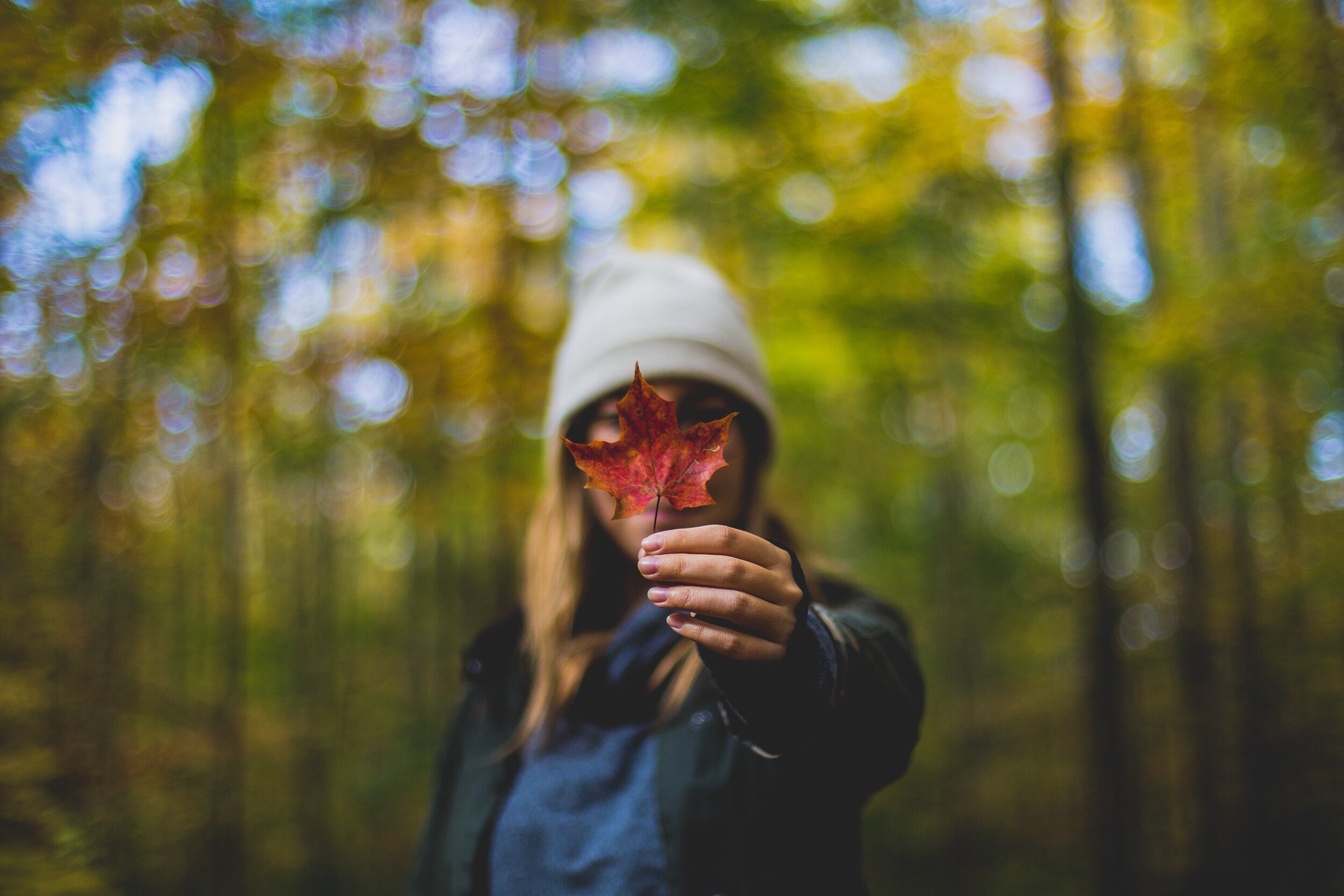How to be Present: Lessons from the Wild
by Heidi
There is a chipmunk that frequents the patio space between the woods and the outside my home office door. Most days he darts across the patio from behind the rock pile next to the house and stops abruptly to pick up a seed. Looking around, he takes a few sniffs of the air. Then he nibbles diligently with his tiny hands turning the seed to his liking and stores it away in his cheek to finish later. This goes on for a few moments until he has a full cheek, and then he’s off to the rock pile again. I would wager a guess that my resident chipmunk tastes all of the seeds he chews—in those moments there on the patio, eating is what he is doing, so eating is what matters to him. Eating that seed gets the whole of his attention. And those few seconds when he stops to sniff with his nose tuned into the breeze? I bet he is breathing that air with his whole being, taking in the scent of the moment as it unfolds.
Douglas Wood suggests that it’s best to, “Taste what you eat, and smell what you breathe.” Sounds like simple advice, right? I thought so, too. And then I started to really practice Mr. Wood’s advice. It can be more challenging that we think it ought to be to truly taste what we eat and smell what we breathe. The events of the day are really good at commandeering my attention and pulling it into whatever is shouting loudest. Much of the time we humans eat, breathe, walk, and converse in a state of distraction. Especially when we’re “getting things done.”
Wild creatures, like my chipmunk neighbor, have a way of living in the present that humans too often neglect to nurture. Sure, muskrats and squirrels don't have bills to pay or papers to file or clients to meet like I do. But they do have bodies to sustain and lives to live. Just like I do.
So I got to thinking: “ Ok, how can I be more like my wild neighbors and let my attention be in one place at a time?”
Easier said than done, but when multitasking is threatening to splice my attention into little bits, I try to remember to do a few simple things. When I can remember to do these simple things, I can honestly say that I am present in my moments. That I taste and smell and see and hear and feel with my whole being.
1. First things first: I go outside. Even if it’s cold, cloudy, or raining. There is something about connecting with fresh air that forces me to focus on the present moment.
2. Then I touch something wild—something that is earth or close to it. Maybe it’s a hand on tree bark, or bare feet in the garden soil. Maybe it’s slipping into the icy cold water of the lake on a sweltering day or laying on the grass. Maybe it’s smelling the wildflowers in the field next door or noticing the icy wind on my face in winter. Direct physical contact with nature is essential to wellbeing. It grounds me to reality in a way that nothing else can.
3. Next, I close my eyes. When my eyes are closed, I am forced to rely on something other than sight. I can tune into the vibrations of a Sandhill Crane’s call as it flies overhead, or the feel of a sunbeam on my upturned face. I can taste a raindrop that rolls off of my cheek as it journeys toward the earth. Relying on the other senses plants me directly in the center of presence.
4. And finally, after opening my eyes, I look all the way up. Maybe I open my arms wide to the sky. Being rooted in presence means cultivating the capacity to take up the space that is mine to embody, yet also to let go and embrace my own smallness in this vast universe. I drink in the open sky and notice the way the wind rustles tree branches. I claim my place in Mary Oliver’s wild family of things.
When I do these simple things, I come back to earth—to my origin—in a way that honors each moment as it happens. I can truly taste what I eat. I can smell what I breathe. I can see with the eyes of a wild creature and remember that my body, my community, and my work are best served when my attention is in one place at a time.
How can you spend some time today in the here and now?
For the full invitation to presence, read Chapter Two in 12 Tiny Things: Simple Ways to Live a More Intentional Life.



